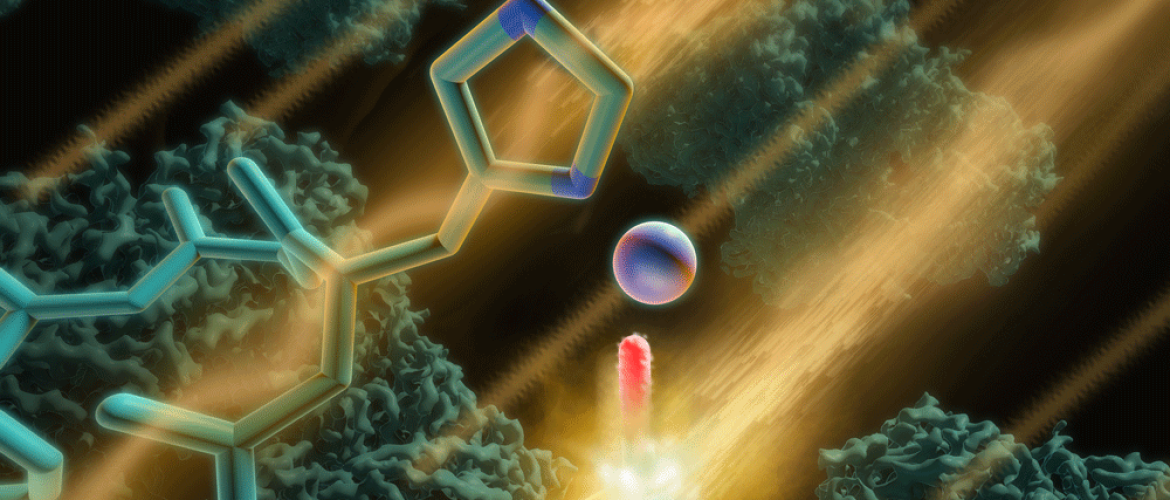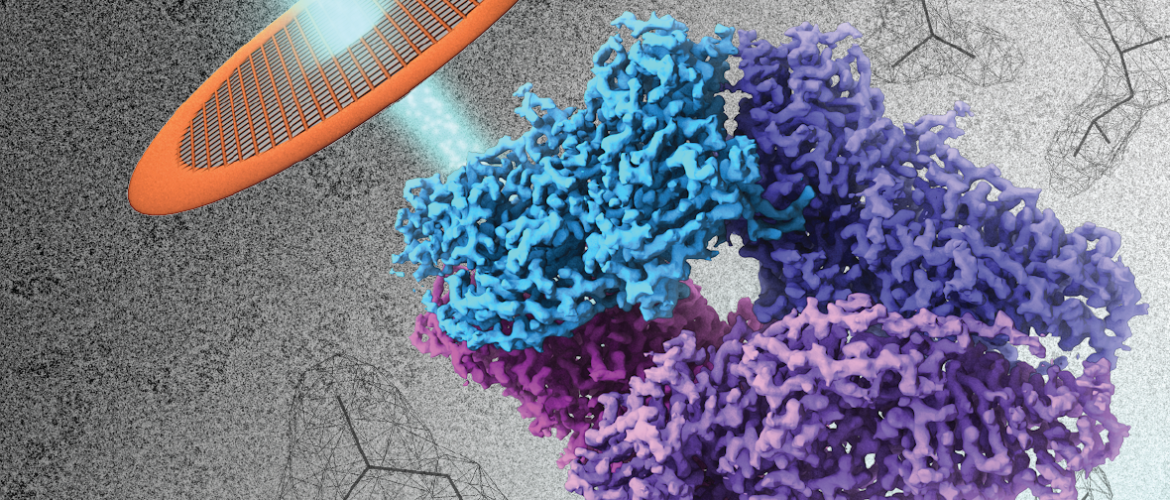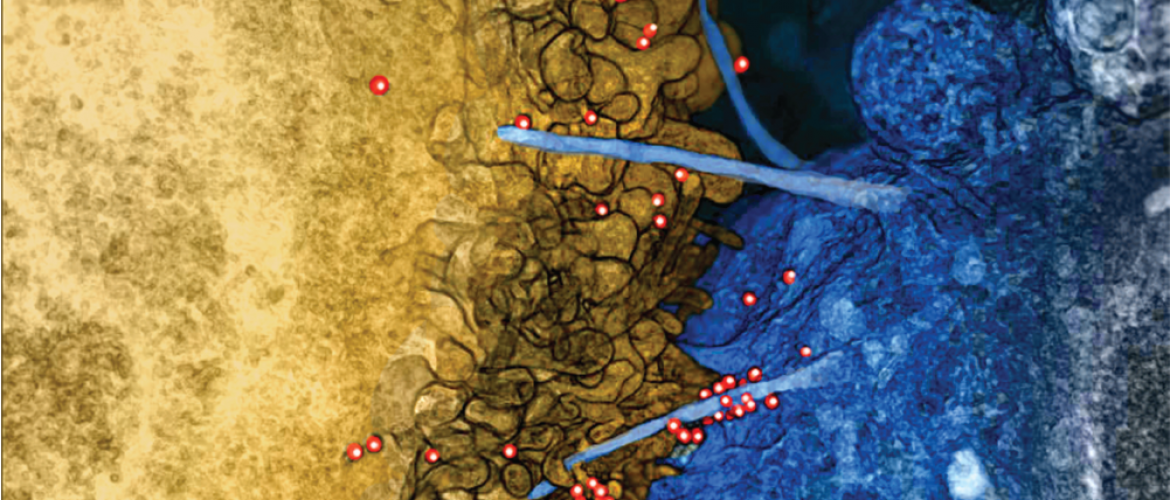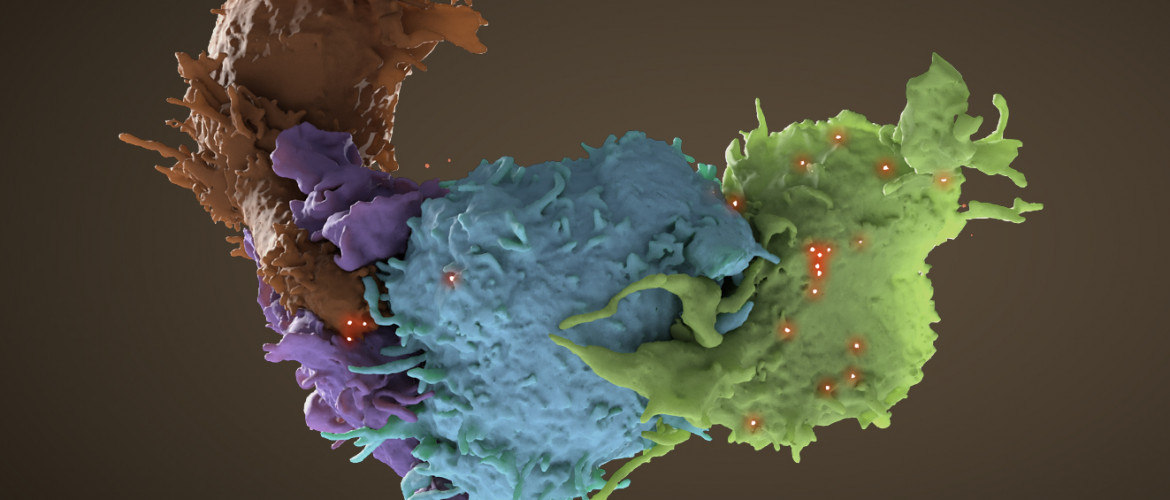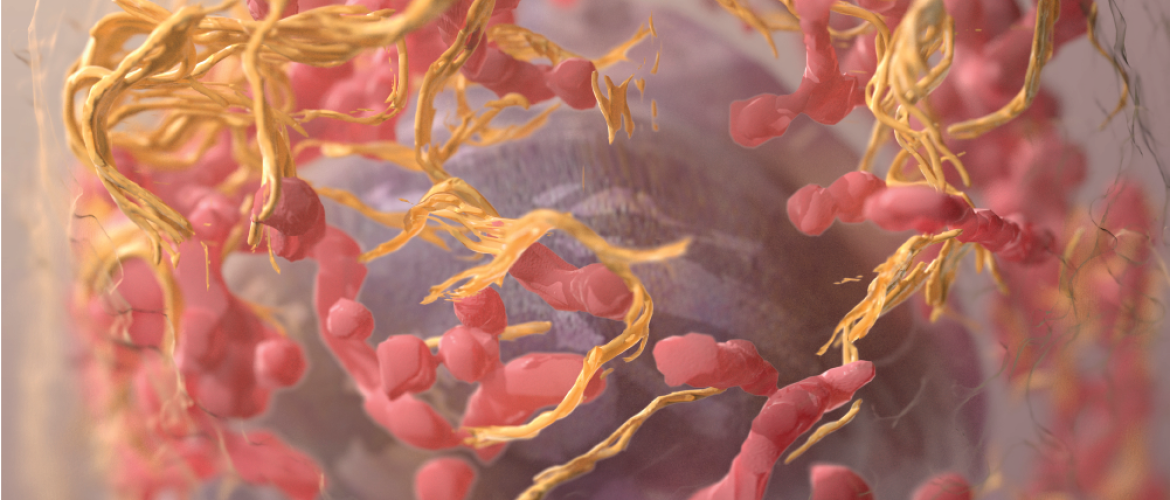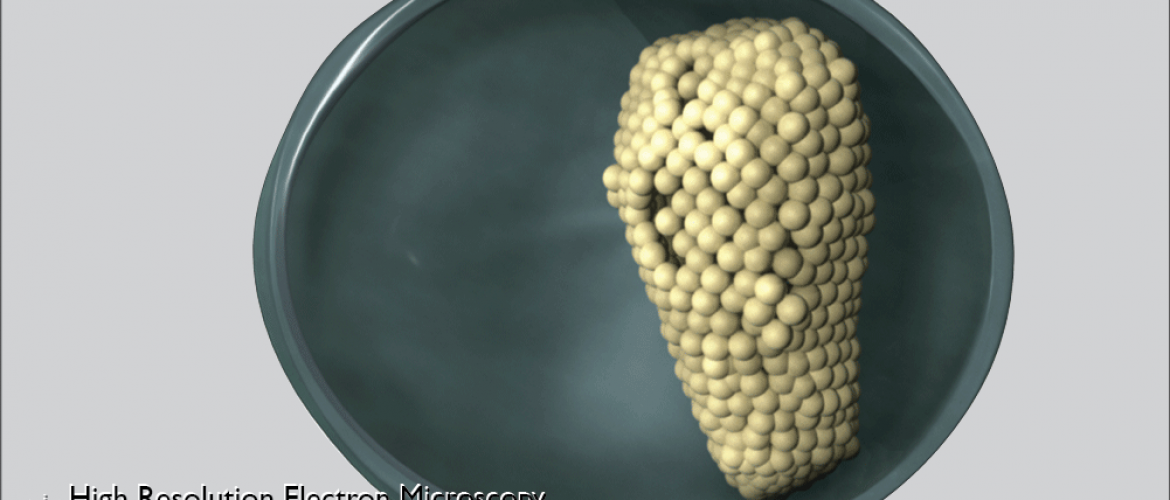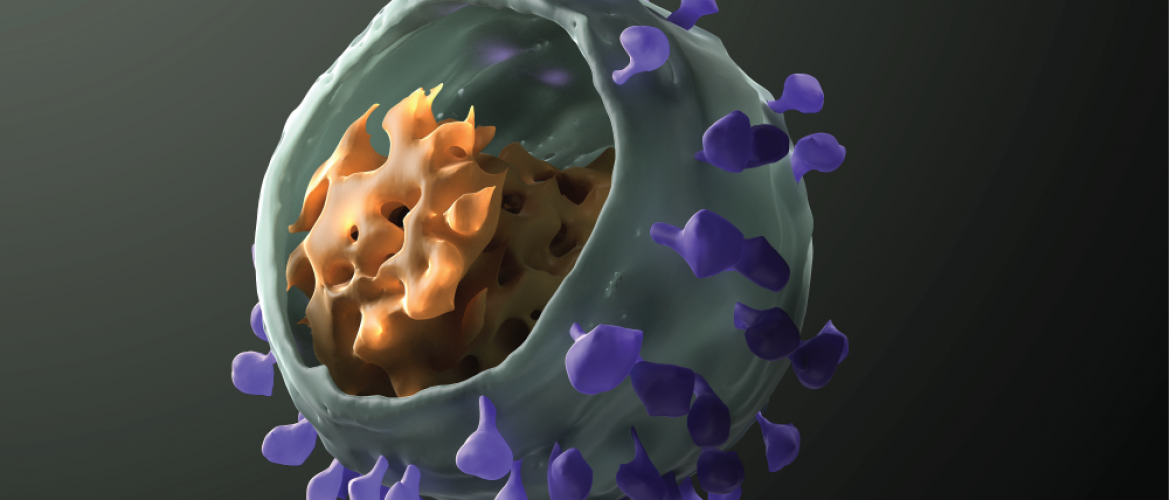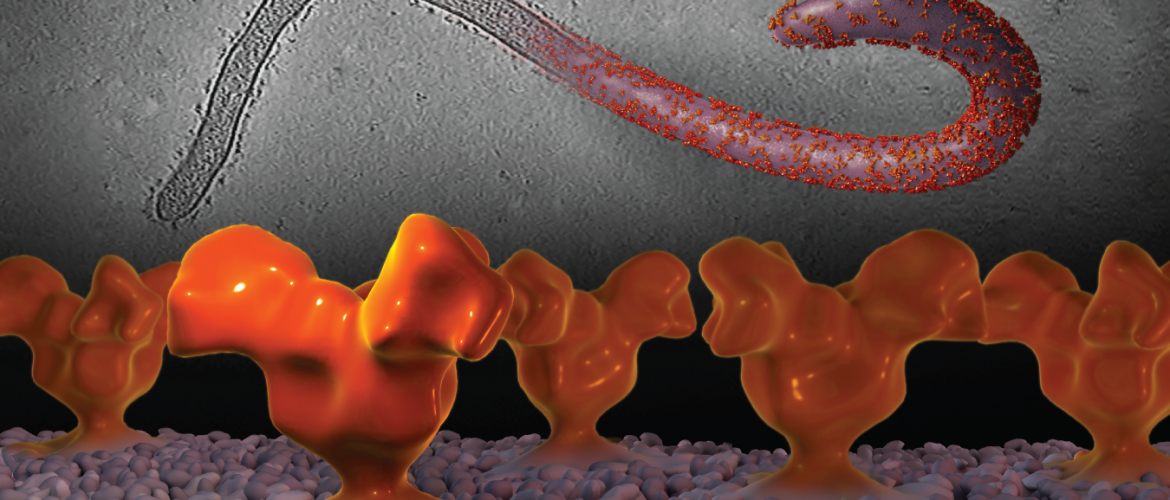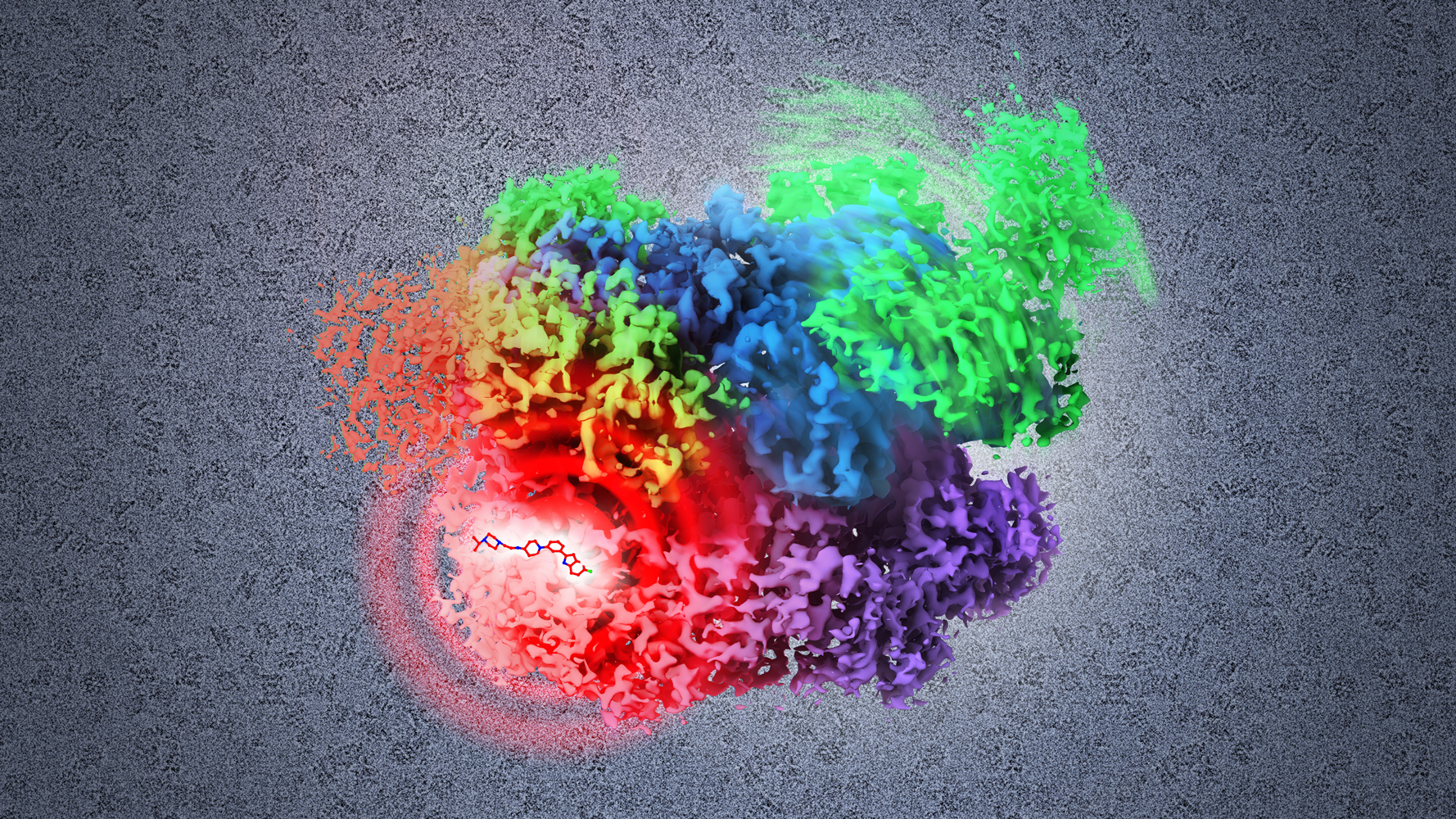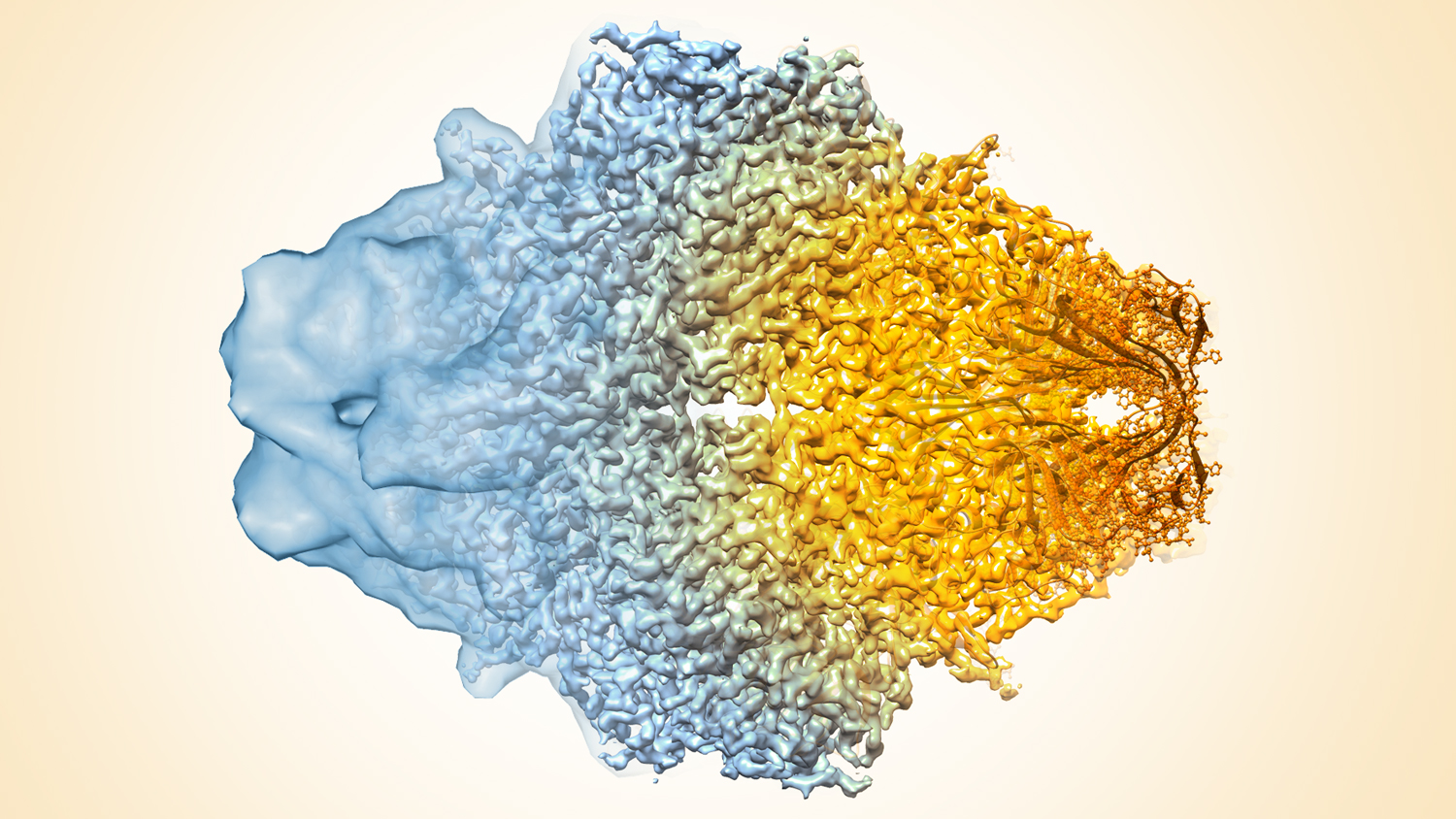Cryo-electron microscopy (Cryo-EM) and drug design
Our research program is focused on exploring frontiers in structural biology and drug design using cryo electron microscopy (cryo-EM), with the central goal of accelerating the development of effective therapeutic agents. The program is guided by two overarching themes:
Drug Design
A highly focused team effort to use high-resolution cryo-EM imaging of native protein complexes to design effective therapeutic agents targeting cancer, infectious diseases and brain disorders.
